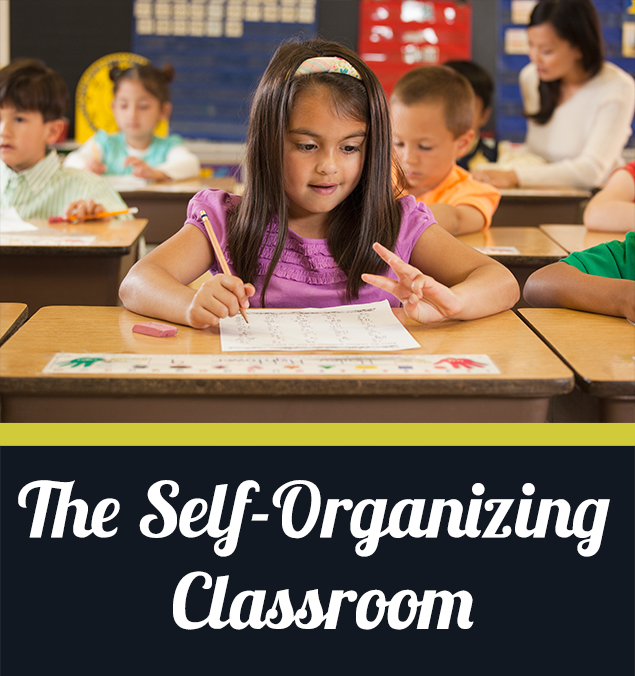Create a Successful Self-Organizing Classroom
Posted by Network Support · Leave a Comment
Give students the ownership of learning by creating a self-organized classroom. These student-centered learning techniques create an active learning environment for every student.
A self-organizing classroom has unique characteristics that serve as a basis for a learning supportive classroom. These characteristics evoke self-organization, self-improvement, and self-motivation in students. Classrooms that are self-organized encourage high-level achieving students. Following are six characteristics that self-organized classrooms possess:
- Rapid Feedback
Rapid and relevant feedback is provided at many levels in a self-organized classroom. This emphasizes the relationship between the learner and their environment. It enables the students to think critically and adapt quickly to differentiate their own learning. Rapid Feedback does not wait for a test or a grade, it happens throughout the learning experience, and empowers learners to sense and respond to the feedback when it is given.
- Pull
The self-organizing classroom works with more ‘Pull’ and less ‘Push’. Learners have more say about their learning, ‘pulling’ in challenges and activities at their own rate and at their own level. Although students may or may not develop their own goals, they should at a minimum have the structures and empowerment to ‘pull’ the challenges and activities in at their own rate. By centering on the learners intrinsic motivation, the challenges ‘pull’ them in, versus being ‘pushed’ onto them as something to comply with in the classroom.
- Self-Organizing
Self-organized learners work without direct supervision while accomplishing their goals. This does not mean self-organized learners do not have rules. It is essential to provide guidelines so that these techniques flourish. Self-organization emerges within simple scaffolding structures, which is what this framework provides. The framework has just enough rules to provide guardrails against chaos, while enough space to empower learners to choose and adapt to their own learning path.
- Inviting Environment
It is often difficult to create an inviting learning space with the limited materials and space provided, but it is important to be creative and think outside the box to better the classroom environment. Teachers can arrange desks to encourage collaboration as well as independent work, minimize traffic-flow problems, and create cozy learning corners. Classroom settings are likely to influence student learning. Classroom order and positive relationships are thought to promote student morale, increase interest in instructional topics, and lead to improved achievement.
- Pursuit of Knowledge
Active learning generates a much higher noise level than the silent classrooms of the past. Students are often up and out of their seats while engaged in a variety of interesting activities that encourage thought and discovery. They do more talking than the teacher does on most days. A high achieving, self-organized classroom is a place where no student sleeps or sits idly waiting for dismissal.
- Responsibility for Learning
Students are encouraged to understand the importance of choosing good behavior and its lasting rewards over the short-term thrills of bad behavior. They take responsibility for their own learning and are not coerced into good behavior through threats of punishment. In a self-organized class, self-directed students encourage each other and work with their teachers to achieve the academic and behavioral goals they have established together.





